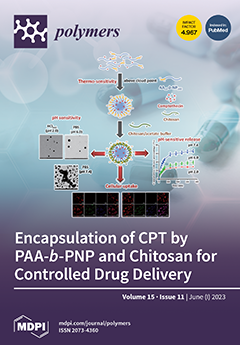The low bandgap antimony selenide (Sb
2Se
3) and wide bandgap organic solar cell (OSC) can be considered suitable bottom and top subcells for use in tandem solar cells. Some properties of these complementary candidates are their non-toxicity and cost-affordability. In
[...] Read more.
The low bandgap antimony selenide (Sb
2Se
3) and wide bandgap organic solar cell (OSC) can be considered suitable bottom and top subcells for use in tandem solar cells. Some properties of these complementary candidates are their non-toxicity and cost-affordability. In this current simulation study, a two-terminal organic/Sb
2Se
3 thin-film tandem is proposed and designed through TCAD device simulations. To validate the device simulator platform, two solar cells were selected for tandem design, and their experimental data were chosen for calibrating the models and parameters utilized in the simulations. The initial OSC has an active blend layer, whose optical bandgap is 1.72 eV, while the initial Sb
2Se
3 cell has a bandgap energy of 1.23 eV. The structures of the initial standalone top and bottom cells are ITO/PEDOT:PSS/DR3TSBDT:PC
71BM/PFN/Al, and FTO/CdS/Sb
2Se
3/Spiro-OMeTAD/Au, while the recorded efficiencies of these individual cells are about 9.45% and 7.89%, respectively. The selected OSC employs polymer-based carrier transport layers, specifically PEDOT:PSS, an inherently conductive polymer, as an HTL, and PFN, a semiconducting polymer, as an ETL. The simulation is performed on the connected initial cells for two cases. The first case is for inverted (p-i-n)/(p-i-n) cells and the second is for the conventional (n-i-p)/(n-i-p) configuration. Both tandems are investigated in terms of the most important layer materials and parameters. After designing the current matching condition, the tandem PCEs are boosted to 21.52% and 19.14% for the inverted and conventional tandem cells, respectively. All TCAD device simulations are made by employing the Atlas device simulator given an illumination of AM1.5G (100 mW/cm
2). This present study can offer design principles and valuable suggestions for eco-friendly solar cells made entirely of thin films, which can achieve flexibility for prospective use in wearable electronics.
Full article






